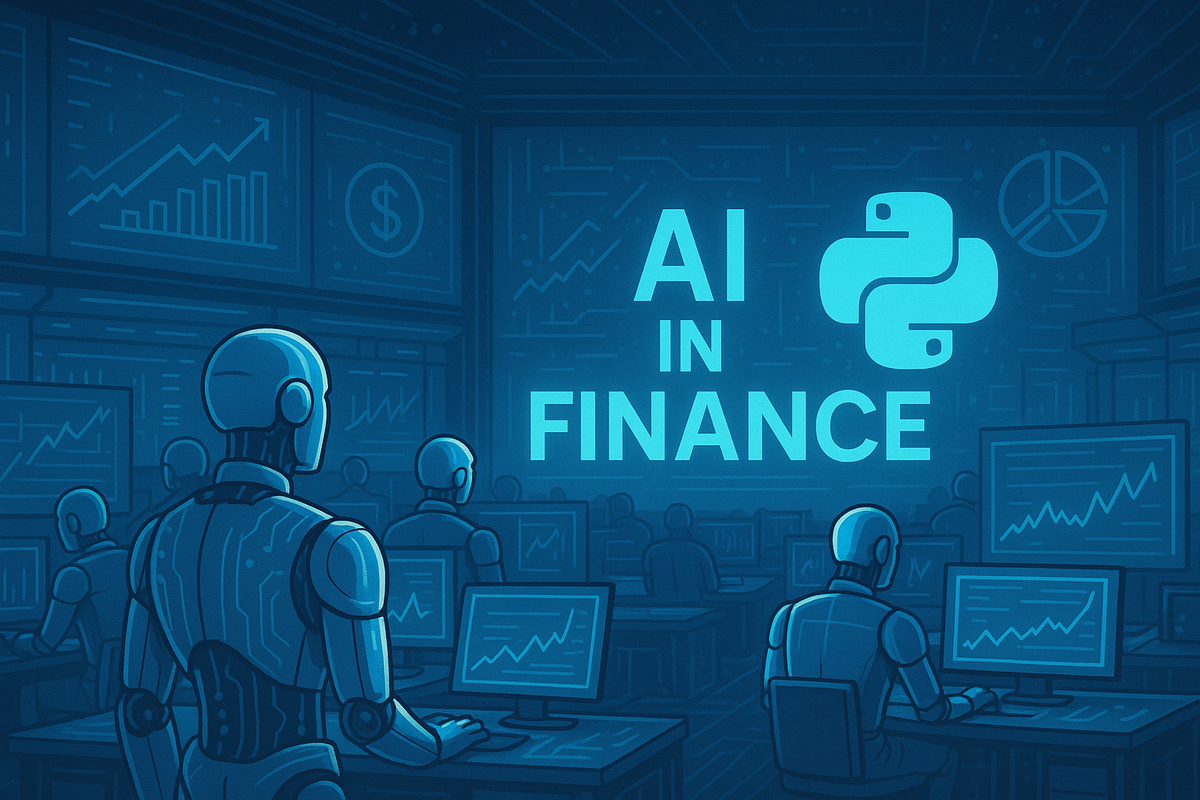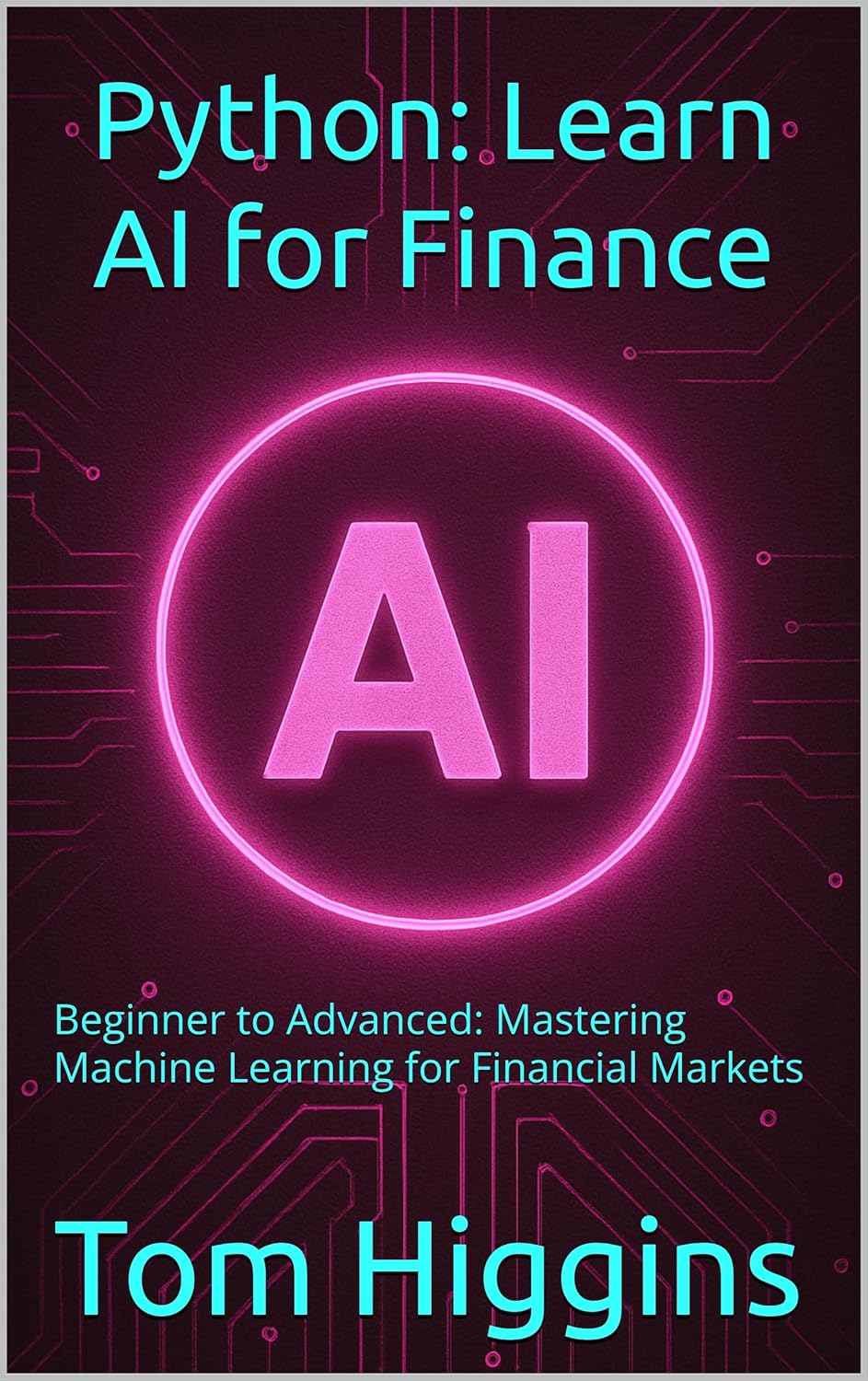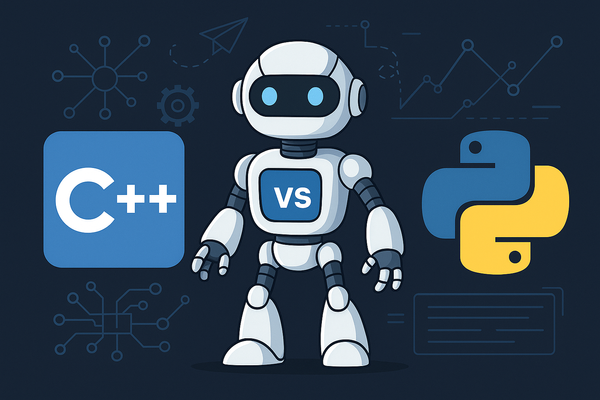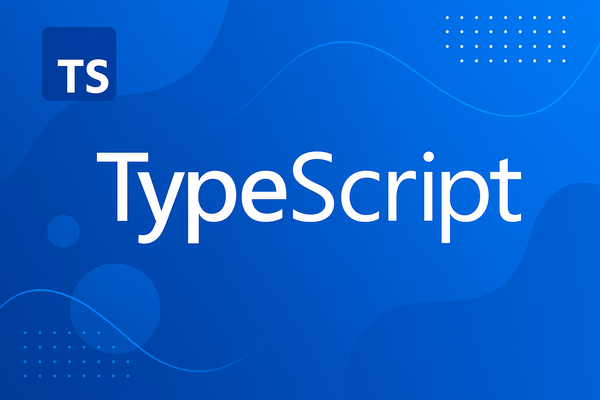AI in Finance with Python: Turning Data into Profits
Discover how Python and AI are revolutionizing finance, from predictive trading strategies to risk modeling

In today's data-driven financial markets, traditional models are no longer enough. From high-frequency trading desks to fintech startups, companies are leveraging artificial intelligence (AI) to gain an edge. Python has emerged as the language of choice for this transformation—thanks to its robust ecosystem of data science libraries, ease of use, and flexibility.
In this post, we'll explore how Python and machine learning are reshaping finance, and walk through a simple example to get you started with AI-powered analytics.
Why Use AI in Finance?
Financial markets generate vast amounts of structured and unstructured data—prices, volumes, filings, news, tweets, and more. AI techniques, particularly machine learning (ML), can uncover complex patterns, adapt to new information, and build predictive models where traditional approaches fall short.
Some popular use cases include:
- Forecasting asset returns
- Algorithmic and high-frequency trading
- Credit scoring and fraud detection
- Portfolio optimization
- Sentiment analysis from news and social media
- Risk modeling and stress testing
- Reinforcement learning for trading strategy development
Why Python?
Python makes this all accessible. It has:
- Libraries like pandas, NumPy, and scikit-learn for data manipulation and classical ML
- Deep learning frameworks like TensorFlow and PyTorch
- APIs for financial data (e.g., Yahoo Finance, Alpha Vantage)
- Great support for time series, backtesting, and visualization
- A huge community and ecosystem of tools
Example: Predicting Stock Movement Using Logistic Regression
Let’s walk through a basic supervised learning task: predicting whether a stock will go up or down tomorrow using historical data.
Step 1: Load Data
import yfinance as yf
import pandas as pd
data = yf.download("AAPL", start="2020-01-01", end="2024-01-01")
data["Return"] = data["Close"].pct_change()
data.dropna(inplace=True)
Step 2: Create Features and Labels
data["Direction"] = (data["Return"].shift(-1) > 0).astype(int)
data["Lag1"] = data["Return"].shift(1)
data["Lag2"] = data["Return"].shift(2)
data.dropna(inplace=True)
features = ["Lag1", "Lag2"]
X = data[features]
y = data["Direction"]
Step 3: Train and Evaluate a Model
from sklearn.linear_model import LogisticRegression
from sklearn.metrics import accuracy_score
split = int(0.8 * len(X))
X_train, X_test = X[:split], X[split:]
y_train, y_test = y[:split], y[split:]
model = LogisticRegression()
model.fit(X_train, y_train)
preds = model.predict(X_test)
print("Accuracy:", accuracy_score(y_test, preds))
Step 4: Backtest a Strategy
data_test = data.iloc[split:].copy()
data_test["Signal"] = preds
data_test["Strategy"] = data_test["Signal"] * data_test["Return"]
cumulative_strategy = (1 + data_test["Strategy"]).cumprod()
cumulative_market = (1 + data_test["Return"]).cumprod()
cumulative_strategy.plot(label="Strategy")
cumulative_market.plot(label="Buy & Hold")
You’ve just built a simple AI-powered strategy that reacts to recent returns. While rudimentary, this forms the basis for more sophisticated techniques like deep learning or reinforcement learning.
What's Next?
The real power comes when you go deeper:
Use LSTM networks to forecast time series
Apply transformers for multi-asset forecasting
Analyze sentiment with Natural Language Processing
Simulate trading behavior with OpenAI Gym and RLlib
Use SHAP to explain model predictions
Validate strategies using robust backtesting frameworks
Conclusion
AI is no longer optional in modern finance—it’s foundational. Python gives you all the tools to harness machine learning and build smarter trading systems, risk models, and analytics.
If you’re serious about leveling up your quant skills, check out the book Python: Learn AI for Finance – Beginner to Advanced: Mastering Machine Learning for Financial Markets. It walks you through real-world workflows, from raw data ingestion to deploying deep-learning models in production environments.
Start small, learn fast, and bring intelligence to your financial models—one line of Python at a time.




